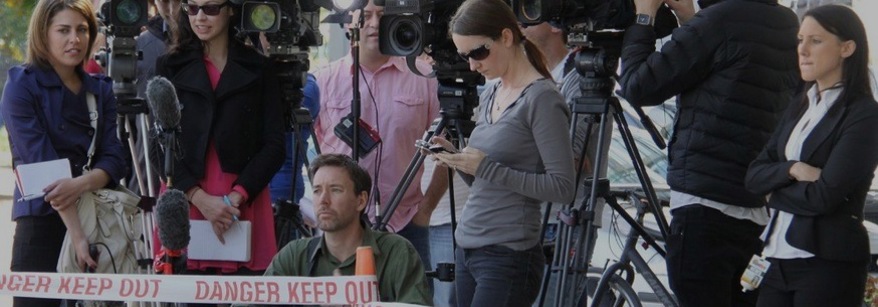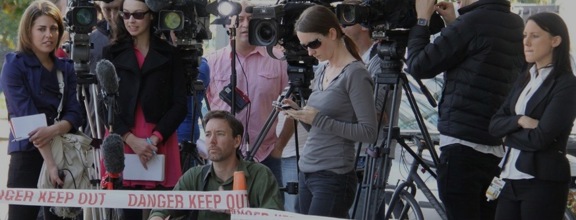

Environmental programme receives five-year extension
A project to protect and enhance several environmentally significant areas in the Whakatāne District has been re-confirmed for the next five years.
The Whakatāne and Ōhope Sites Environmental Programme 2024-2029 will continue to restore and improve five sites (including Ōhope, Kōhī Point and Mokorua Scenic Reserves) as part of a programme that focuses on pest animal and plant control to achieve its broader aims.
The sites included in the programme form a broken sequence of indigenous forest corridor that extends from the coast inland to Te Urewera, and are home to a number of threatened and at-risk flora and fauna, such as kārearea (New Zealand falcon), long tailed bat, dwarf mistletoe and New Zealand spurge. The sites also form the core area for the Whakatāne Kiwi Project.
As well as direct ecological gains, the activities funded through the programme provide a variety of important cultural, social, economic, educational, and recreational benefits to the community, iwi and mana whenua. This includes fostering connection with te Taiao (the natural world), employment opportunities through pest control contracts and eco-tourism, encouraging volunteerism and kaitiakitanga (guardianship), providing research opportunities, and strengthening the ability of Whakatāne to be the ‘Kiwi Capital of the World’.
Last week, the project’s partners gathered at Toi Moana Bay of Plenty Regional Council’s offices in Whakatāne to sign the finalised document ahead of implementation in 2024. The partners are Regional Council, Ngāti Hokopū and Ngāti Wharepaia, Te Rūnanga o Ngāti Awa, Ngāti Awa Group Holdings Limited, Te Tapatoru ā Toi, Department of Conservation, Whakatāne District Council, Whakatāne Kiwi Trust, and Pasadena Farms.
Regional Council Coastal Catchments Acting Manager Charles Harley says the signing ceremony marked a significant milestone in the project to bring the partners’ collective ambitions, goals and vision together.
“Since this programme was established in 2011, we’ve undergone two revisions at the end of each five-year period. While these have helped us make significant improvements to the area over time, we’re particularly proud of this latest programme and where it can take us next.
“This is attributed to the time spent getting all the right people in the room and the discussions had to arrive at where we are now. To achieve this, thanks must go to Shay Dean, Regional Council Environmental Scientist and Project Manager, who has been instrumental in developing the programme and bringing the partners on the journey.”
Mr Harley says through the review and development process for this programme, the project partners developed a shared, overarching vision with a series of goals. This will ensure the individual efforts of the partners will achieve the collective goal of protection and enhancement of these vital areas.
“‘Healthy taiao for future generations’ is a vision that defines the end state for the projects across the area. The health of the sites is critical to social, economic, environmental and cultural wellbeing for our communities.”
Acknowledgement of the significant amount of collective work done to develop this programme was a theme at the signing ceremony.
Regional Council Chief Executive Fiona McTavish said coming together was “remarkable” and recognised the size and scale of this programme, notably the 8000-plus volunteer hours a year that the Whakatāne Kiwi Trust alone has put into the project. Councillor Toi Kai Rākau Iti said he and his fellow Toi Moana councillors were proud to support this programme for the example that it sets for other partnerships.
Wayne O’Keefe, outgoing chairman of the Whakatāne Kiwi Trust, called the process an “exceptional journey”, while David Beattie, Department of Conservation operations manager, noted this programme was a “beautiful partnership”.
William Stewart and Te Arani Barrett, delegates from Ngāti Hokopu ki Wairaka and Ngāti Hokopū ki Te Hokowhitu a Tu respectively, both recognised the significance of the programme bringing the hapū around the table, noting it was “a long wait for a kaupapa like this”.
Vincent Copeland, interim chair of Te Tapatoru ā Toi, acknowledged the late chairman Te Kei Merito, who would have been signing the document. He added that “he would have been very pleased with this, and seeing the hapū and partners all coming together for the benefit of the Taiao”.
To close the partners’ speeches, Whakatāne District Council Chief Executive Stephanie O’Sullivan remarked that collaboration “gives us a richer, deeper, more authentic experience”.
While several partners contribute funding to this programme, Regional Council is the programme’s biggest funder, contributing more than $200,000 each year over the five-year programme to enable and support the partners and external contractors to complete the work plan. It is the Regional Council’s largest environmental programme.
Mr Harley says it’s exciting to see the work to date come to fruition and looks forward to seeing increasing gains made through this robust programme of work.
“After years of intensive restoration and predator control, the regenerating bush at these sites is thriving, and native bird numbers have increased substantially. Kiwi populations are also present within the sites, providing the public with a chance to hear wild kiwi calling as they emerge from their burrows for a night’s foraging.
“We look forward to keeping the community updated with progress in this programme over the coming years.”
ENDS
